
Amaral Lab
@amarallab
We are the Amaral Lab at @NorthwesternU. We Study Complex Systems, Science of Science, and Systems Biology.
ID: 1855503205
http://amaral-lab.org/ 11-09-2013 21:14:42
563 Tweet
1,1K Followers
268 Following

The ramifications of this The Sydney Morning Herald story on medical research are v. concerning. Once misinformation is published, even if retracted, it still exists to be quoted and requoted. Tks to Danielle Oste & Prof Jennifer Byrne 🧬 for yr work. smh.com.au/national/the-s…

Good news: Earthtunes, the Earthtunes app, is now available for Androids, thanks to Omkar Ranadive from NU Earth & Planetary Sciences and let me: Human=God() from Amaral Lab. Find it here: play.google.com/store/apps/det…


So excited about our recent paper in APL Machine Learning -- Computational experiments with cellular-automata generated images reveal intrinsic limitations of convolutional neural networks on pattern recognition tasks | APL Machine Learning | AIP Publishing pubs.aip.org/aip/aml/articl…
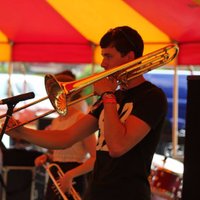

RIP Larry's h-index, all of his citations have been removed by Google Scholar. Clients of the papermill who received citations by the same method still have them, so this is a gross act of ailurophobia. scholar.google.com/citations?user…

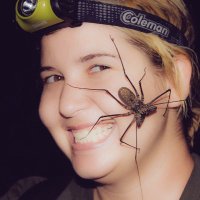


It's terrible that it's so easy to fake citations that even a cat can get a double-digit h-index. But what can be done? In #ScienceAdviser, I ask the experts from News from Science piece on Larry: science.org/content/articl… (plus more of the best from Science Magazine and science!)


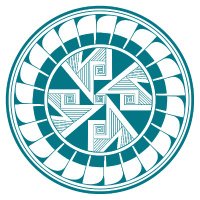
Luck, skill, and inequality inform the results of head-to-head competitions. Max Jerdee, from the University of Michigan, speaks today at SFI on modeling the depths of paired competitions to better understand hierarchy and the opportunities for underdogs to come out on top. Stream live at


'50 citations for $300': Research-integrity watchers are concerned about the growing ways in which scientists can fake or manipulate citation counts — my latest for nature: nature.com/articles/d4158… Talal Rahwan, Yasir Zaki, Manuel Ansede, Guillaume Cabanac ⟨here and elsewhere⟩, Nick Wise


Important bioRxiv on #lncRNA and HCC research reproducibility "...controversies related to #lncRNA functions are likely to be resolved with time... However, cancer research cannot afford to wait to assess the validity of the reported roles of lncRNAs" Chris Ponting Amaral Lab
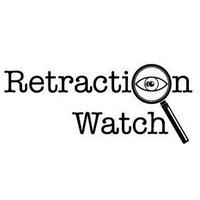

SCOOP: Thousands of published studies misidentify which microscopes were used in experiments — my latest for Retraction Watch 👇🏼👇🏼👇🏼 Nick Wise, Angus J Wilkinson, Amaral Lab

1 in 4 misreport scanning electron microscope, another 1 in 5 don't bother reporting on instrumentation. Fraud and incompetence threaten science --> Exclusive: Thousands of papers misidentify microscopes, in possible sign of misconduct – Retraction Watch retractionwatch.com/2024/08/27/exc…
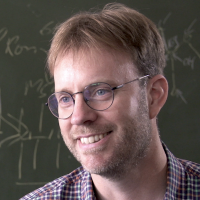
🗞️ Just out: ‘The papers that most heavily cite retracted studies’ by Miryam Naddaf Richard Van Noorden nature.com/articles/d4158…, a companion paper to my Comment: ‘Chain retraction: how to stop bad science propagating through the literature’ nature.com/articles/d4158… feat. PPS Feet of Clay.
